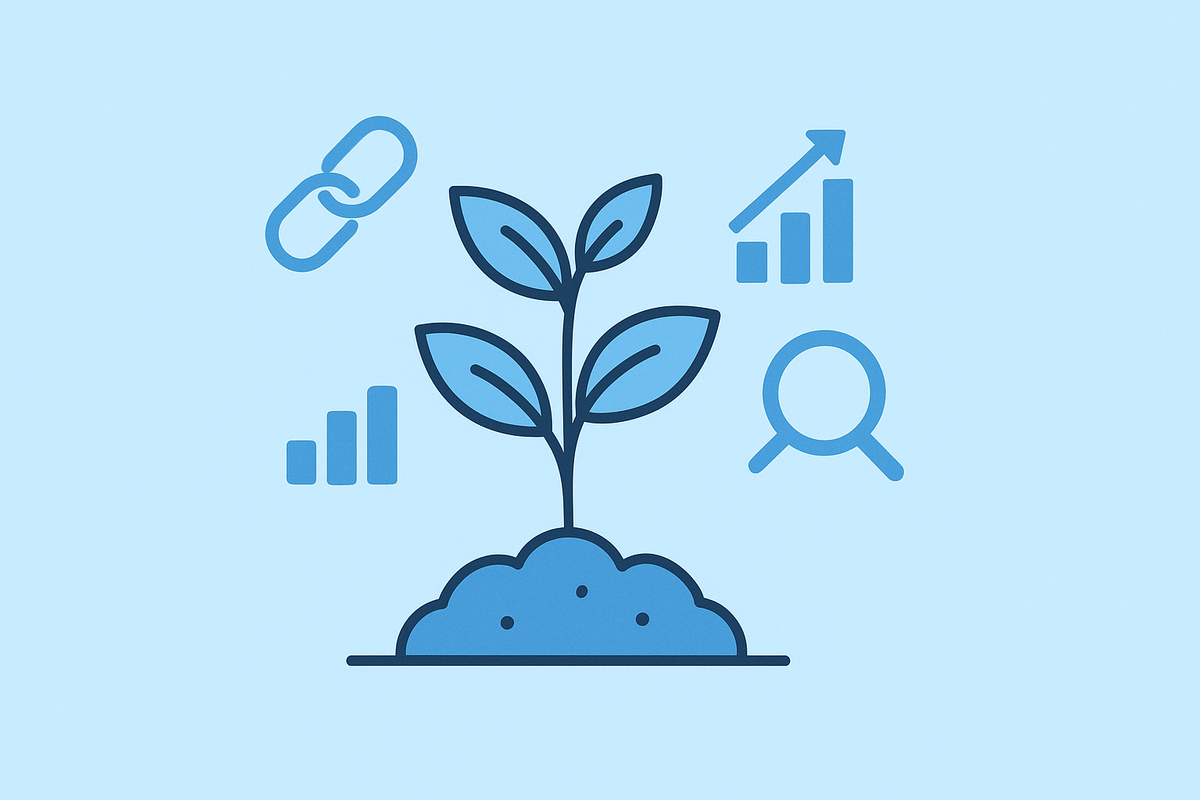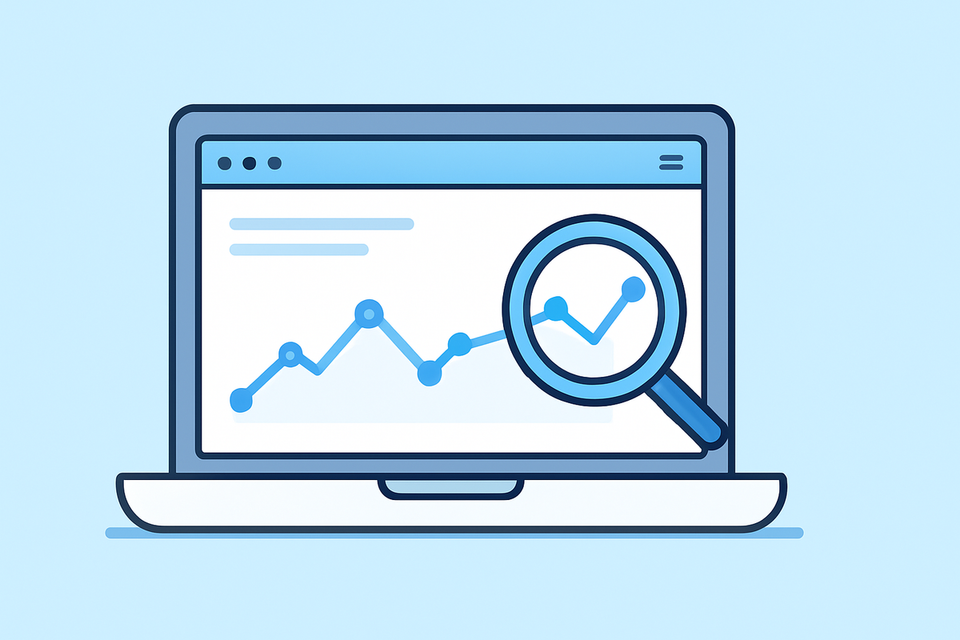Growth & Ongoing SEO | Module 7
By the end of this module, you’ll know how to maintain SEO progress, build backlinks, repurpose content, and track improvements over time — without burning out.

SEO is a bit like fitness or gardening. You don’t need marathons or endless hours — just steady, regular habits. Publish, refresh, tidy, and measure. Over time, those small actions add up to lasting results. Please don’t think of this as “never-ending work.” It’s simply about keeping your site healthy and visible with a manageable routine.
Step 1: Publish Consistently
Do this:
- Aim for weekly if possible, but even fortnightly is fine if that’s realistic.
- Mix short “Quick Wins” with longer Guides.
- Stick to a simple content calendar you can maintain.
Check this worked:
- Your blog/resources section grows steadily each month.
Why this matters:
Consistency beats perfection. Google rewards active sites and visitors trust fresh content.
Step 2: Refresh Old Content
Do this:
- Every 3–6 months, update stats, screenshots, and links.
- Add new internal links from newer posts.
Check this worked:
- Search Console shows improved impressions and clicks after updates.
Why this matters:
Refreshing keeps content relevant. Google treats updated pages as fresh.
Step 3: Build Backlinks (Safely)
Do this:
- Share posts in small business groups or LinkedIn.
- Ask partners/suppliers to link to your site as a resource.
- Offer guest posts to trusted, non-competing blogs.
Check this worked:
- Search Console → Links report shows new referring domains.
Why this matters:
Backlinks are votes of confidence. Quality beats quantity. Avoid risky shortcuts like link farms or spammy comments.
Step 4: Repurpose Content
Do this:
- Turn blog posts into social snippets, videos, or PDFs.
- Use AI tools to summarise long guides into smaller pieces.
Check this worked:
- New engagement on social and referral traffic from repurposed content.
Why this matters:
Repurposing multiplies reach without multiplying workload. It saves time while making your content work harder.
Step 5: Track & Adjust
Do this:
- Check GA4 and Search Console monthly.
- Double down on high-performing pages.
- Update or repurpose underperforming pages. Only prune if the page has no traffic, no backlinks, and no business purpose.
Check this worked:
- Traffic, conversions, and rankings trend upward steadily.
Why this matters:
Data-driven SEO saves time and keeps focus on what works. Don’t panic about short-term dips — the long-term trend is what matters.
Module Summary
- You’re publishing regularly.
- You’re refreshing old posts.
- You’re building safe backlinks.
- You’re repurposing content.
- You’re tracking results and adjusting.
This completes the Beginner’s SEO Launch System (Modules 1–7).
Now your site is visible, structured, and growing. The next step is up to you — keep building, keep tracking, and remember SEO is a marathon, not a sprint.
FAQs (Answer Engine Optimisation)
Q: How often should I publish blog posts for SEO?
Aim for weekly if possible, but even fortnightly works if consistent.
Q: Do I need to update old blog posts?
Yes. Fresh stats, links, and examples keep them relevant.
Q: What’s the safest way to build backlinks?
Share valuable content, partner with trusted sites, and write guest posts. Avoid spammy shortcuts.
Q: How do I repurpose content?
Turn blog posts into videos, infographics, or social posts.
Q: How long does SEO take to work?
Most small sites see results in 3–6 months with consistent publishing and maintenance.



